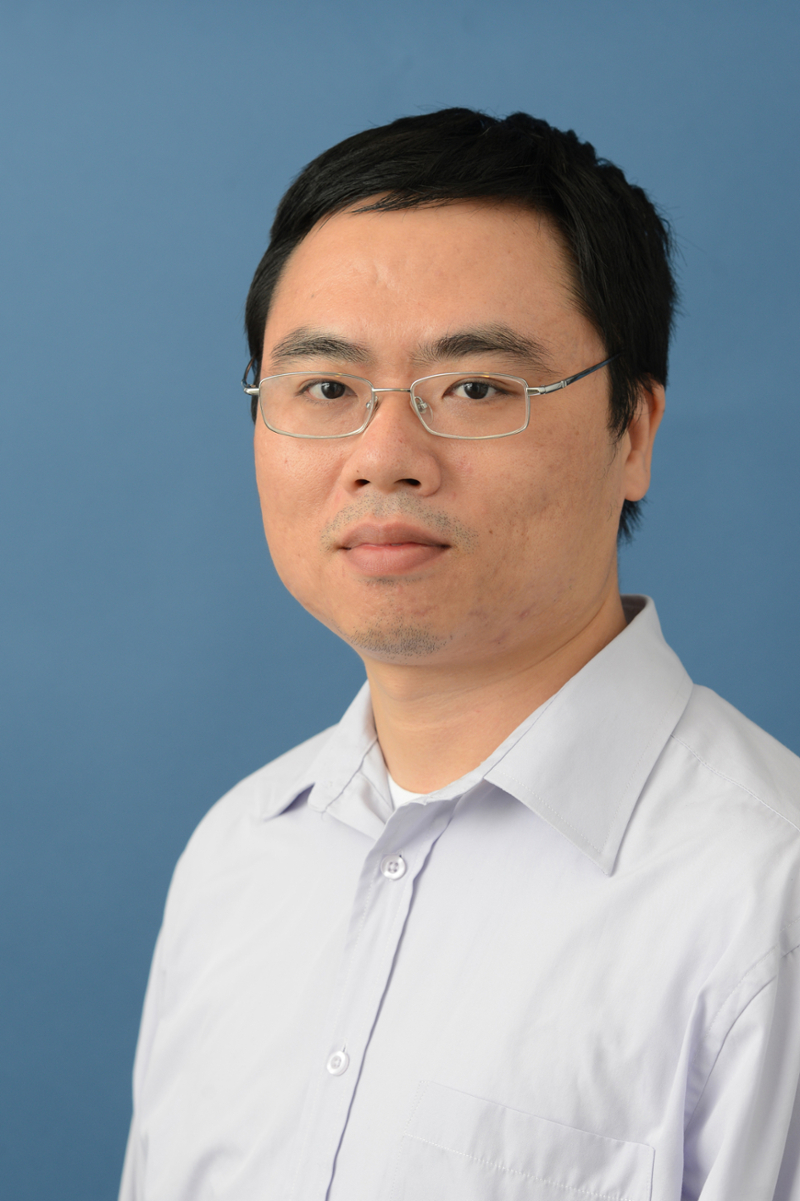ECE Seminar Lecture Series
Photoacoustic Imaging: principles, advances, and applications
Jun Xia, Associate Professor of Biomedical Engineering, Director Optical and Ultrasonic Imaging Laboratory, University at Buffalo
Tuesday, October 19, 2021
12:30 p.m.–1:30 p.m.
Wehmans Hall 1400
Zoom simulcast
https://rochester.zoom.us/j/94761687276
Passcode: 839313

Abstract:
Photoacoustic imaging (PAI) is an emerging imaging modality that shows great potential for biomedical research and clinical practice. As a hybrid technique, PAI is based on the acoustic detection of optical absorption from either endogenous chromophores, such as oxy-hemoglobin and deoxy-hemoglobin, or exogenous contrast agents, such as organic dyes and nanoparticles. Because ultrasound scatters much less than light in tissue, PAT generates high-resolution images of optical absorption in deep tissue. Over the past decade, the photoacoustic technique has been evolving rapidly, leading to a variety of exciting discoveries and applications. This talk covers the basic principles of PAI, recent advances in system development, and applications in biomedical sensing and imaging.
Bio:
Dr. Jun Xia, Ph.D., is an Associate Professor at the University at Buffalo, the State University of New York, and the director of the Optical and Ultrasonic Imaging Laboratory in the Department of Biomedical Engineering. He received his doctorate in Mechanical Engineering from the University of Toronto, where he studied applied optics. After graduation, he has worked as a post-doctoral fellow at Washington University in St. Louis, where he worked on photoacoustic imaging. Dr. Xia is the principal investigator or co-investigator on multiple grants from NIH, NSF, private foundations, and industrial partners. He is a recipient of the 2017 Komen Career Catalyst Award and the 2020 Qualcomm Faculty Award. Dr. Xia’s research focused on biosensing and bioimaging using the combination of light and sound. He has published three book chapters and more than eighty papers in peer-reviewed journals on related topics. He currently serves as the Associate Editor of Biomedical Optics Express and Frontiers in Photonics: Biophotonics.
